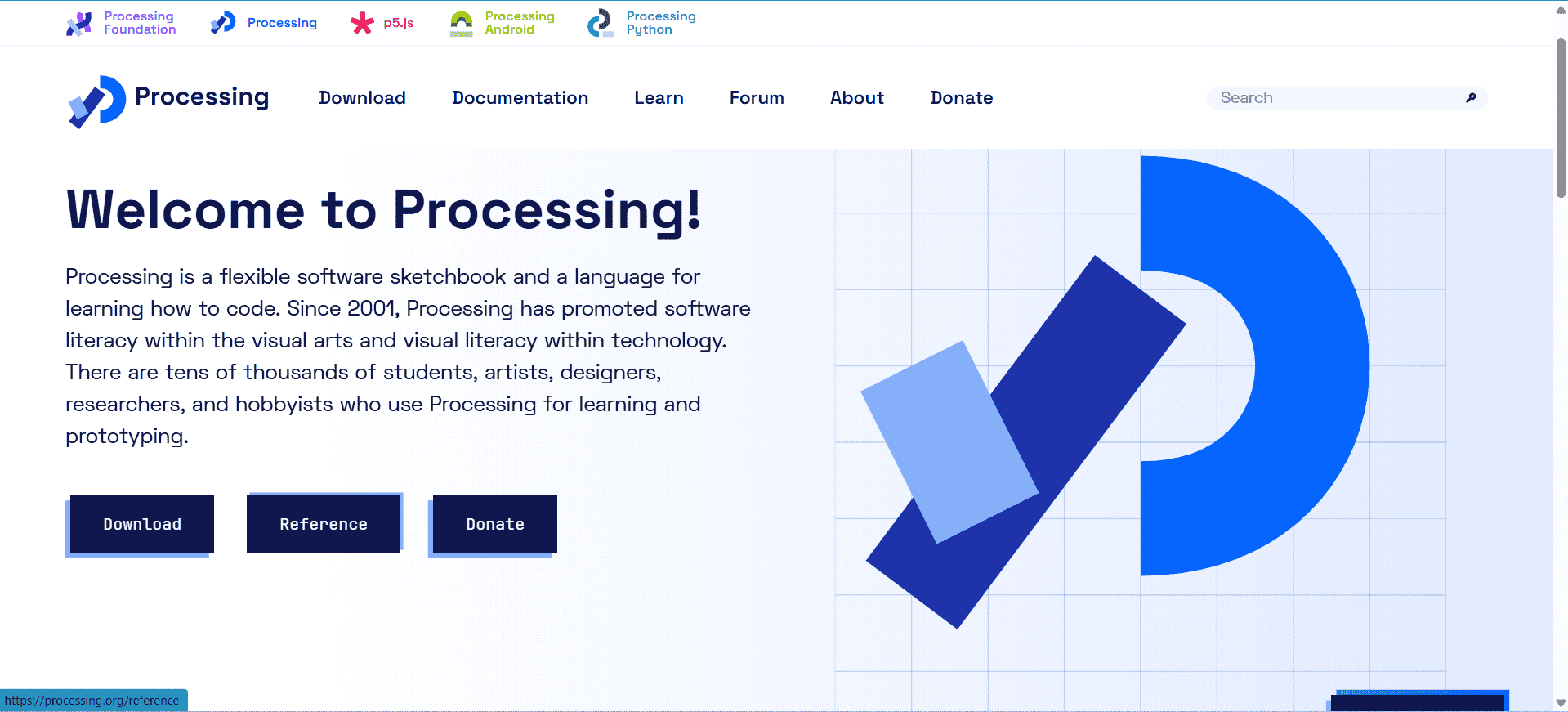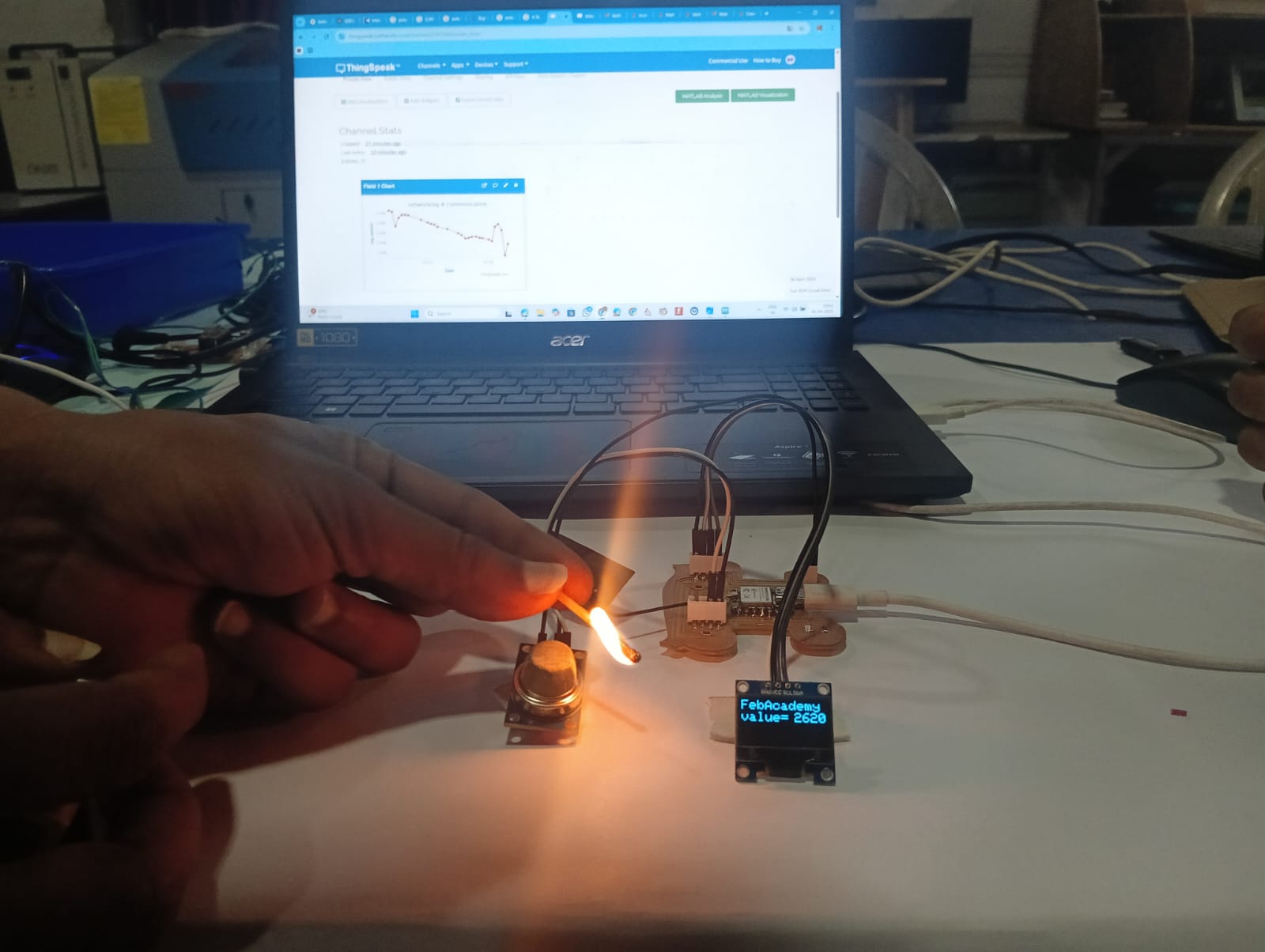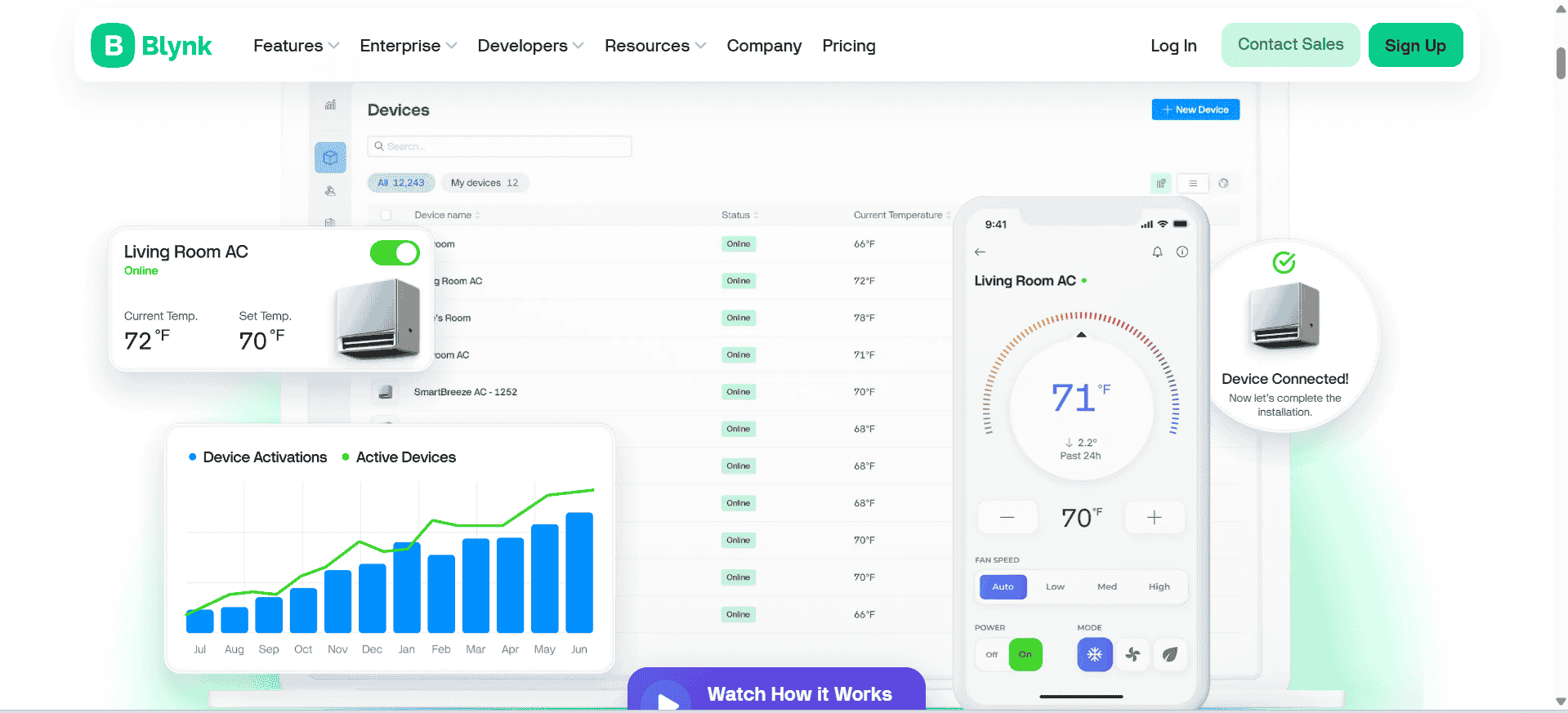Group Assignment Brief:
Objective of the Group Assignment
- Compare as many tool options as possible
For the purpose of this group assignment, we explored different application development tools such as MIT App Inventor, Processing, and Blynk 2.0. We compared each of these tools and discussed how we understood and used them.
Individual Assignment Brief:
1. Processing
Processing is a flexible, open-source graphical programming environment primarily used for visual arts, design, and creative coding. It’s built on Java and is widely appreciated for its simplicity and ease of use in creating visual content like animations, simulations, and interactive applications. Artists, students, and designers use Processing to bridge the gap between coding and creativity. It supports rapid prototyping and provides direct access to drawing functions, image processing, and interaction tools. One can easily integrate sensors and Arduino for interactive physical computing projects. It has a vibrant community and a vast number of examples to learn from. Processing promotes learning to code within a visual context, making it perfect for beginners. It supports exporting projects to applications or Java applets. Overall, it empowers users to express logic through art and visuals effortlessly. for More information

If you want to download the Processing software please click here.
Controlling an RGB LED using Processing.
2. MIT App Inventor
MIT App Inventor is a user-friendly, web-based platform for building Android applications without traditional coding. It uses a drag-and-drop interface with visual blocks that represent code logic, making it ideal for beginners and educators. App Inventor allows users to quickly create interactive mobile apps with access to sensors, media, and connectivity tools like Bluetooth and the internet. It's particularly useful in educational environments where students learn programming concepts through practical mobile projects. The platform supports real-time testing of apps on connected Android devices. It simplifies complex functionalities like database storage and web communication into manageable visual components. App Inventor has strong community support and extensive documentation for guidance. It promotes logical thinking and innovation, especially for those new to mobile development. Overall, it’s a powerful gateway into app development for learners and hobbyists. for More information

If you want to visit the site please click here.
AC bulb control using ATtiny with MIT App Inventor and HC-05 module.
3. ThingSpeak
ThingSpeak is an IoT analytics platform that allows users to collect, store, and analyze sensor data in the cloud. It is widely used in projects where devices send data like temperature, humidity, or gas readings to an online channel for visualization and processing. ThingSpeak supports communication using HTTP and MQTT protocols, making it easy to integrate with ESP32, Arduino, and other microcontrollers. One of its key features is real-time data plotting, which helps monitor system behavior remotely. It also supports MATLAB integration for advanced data analysis and automation. Users can create public or private channels for their projects and even set up alerts or actions based on conditions. It’s very useful in agriculture, environmental monitoring, and smart home projects. ThingSpeak provides dashboards that are customizable and informative. Overall, it’s an efficient tool for managing IoT data without building a backend from scratch. for More information

If you want to visit the site please click here.
Sending the sensor data to the ThingSpeak database — below I am showing the results.

Below, I am showing the data collected by the sensor using ThingSpeak.

4. Blynk
Blynk is a platform that allows developers to build smartphone apps to control hardware like Arduino, ESP32, and Raspberry Pi over the internet. It uses a drag-and-drop interface to create virtual dashboards with buttons, sliders, graphs, and other widgets that connect directly to IoT devices. Blynk makes real-time control and monitoring of devices very simple, even for non-programmers. It supports communication through Wi-Fi, Bluetooth, and cellular networks. With its Blynk.Cloud service, users can deploy and manage projects remotely with little configuration. The platform also allows users to write automation rules, schedule tasks, and get notifications based on data inputs. Blynk’s cross-platform compatibility ensures access through Android, iOS, and the web. It is ideal for quick prototyping, smart home systems, and automation tasks. Overall, Blynk provides a user-friendly yet powerful way to interact with embedded devices from anywhere. for More information

If you want to visit the site please click here.
Testing the stepper motor using Blynk for final project verification.
Learning Outcomes
We understood the different types of communication networks and the concept of each. We also learned where and how to use each type of communication based on project requirements.